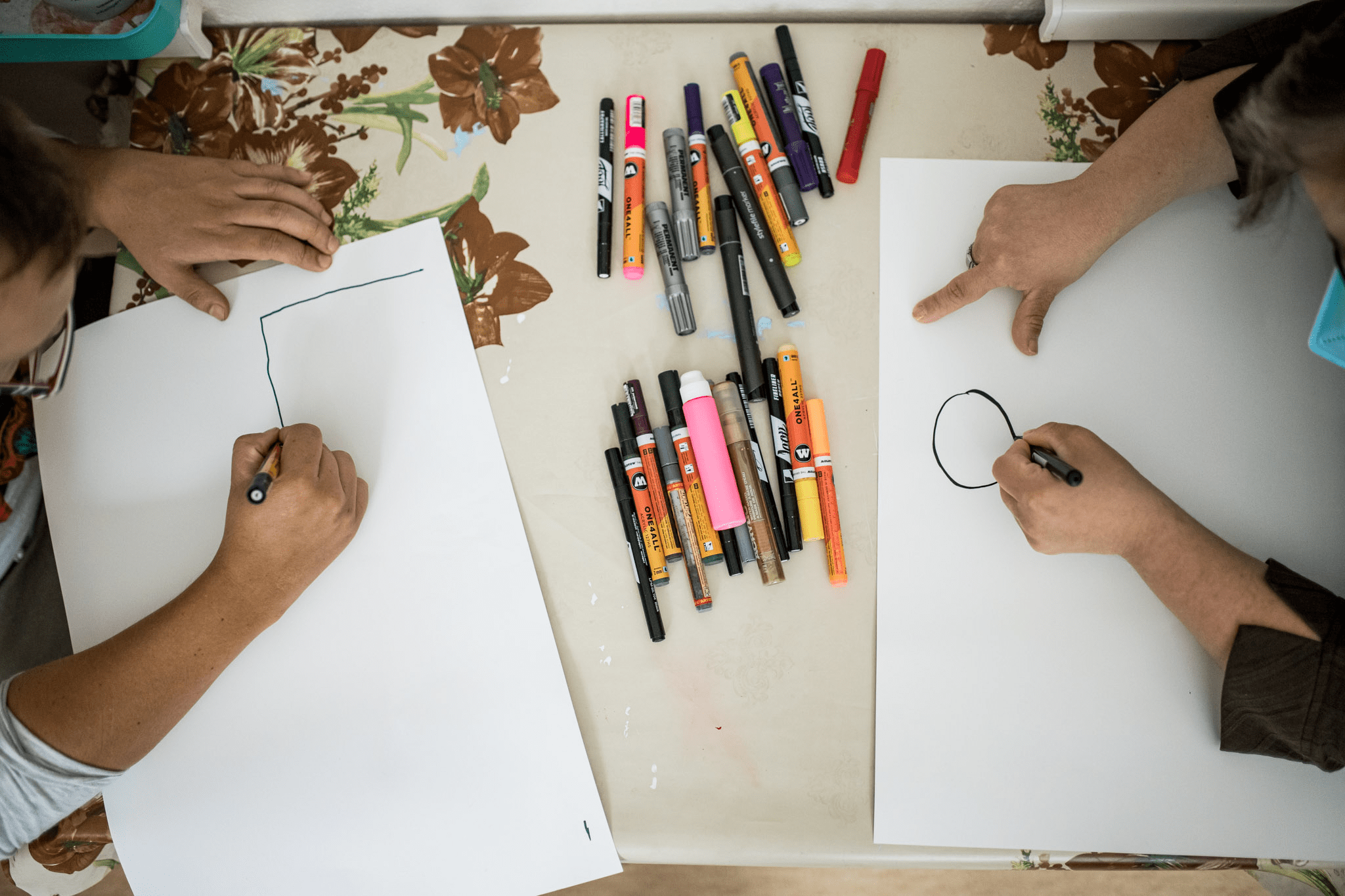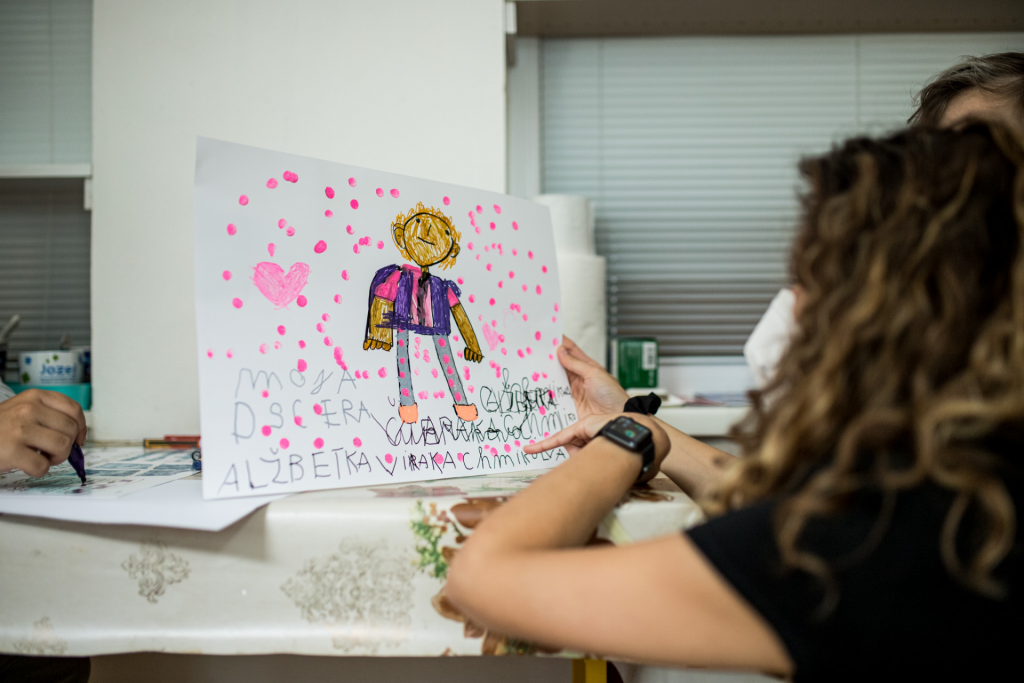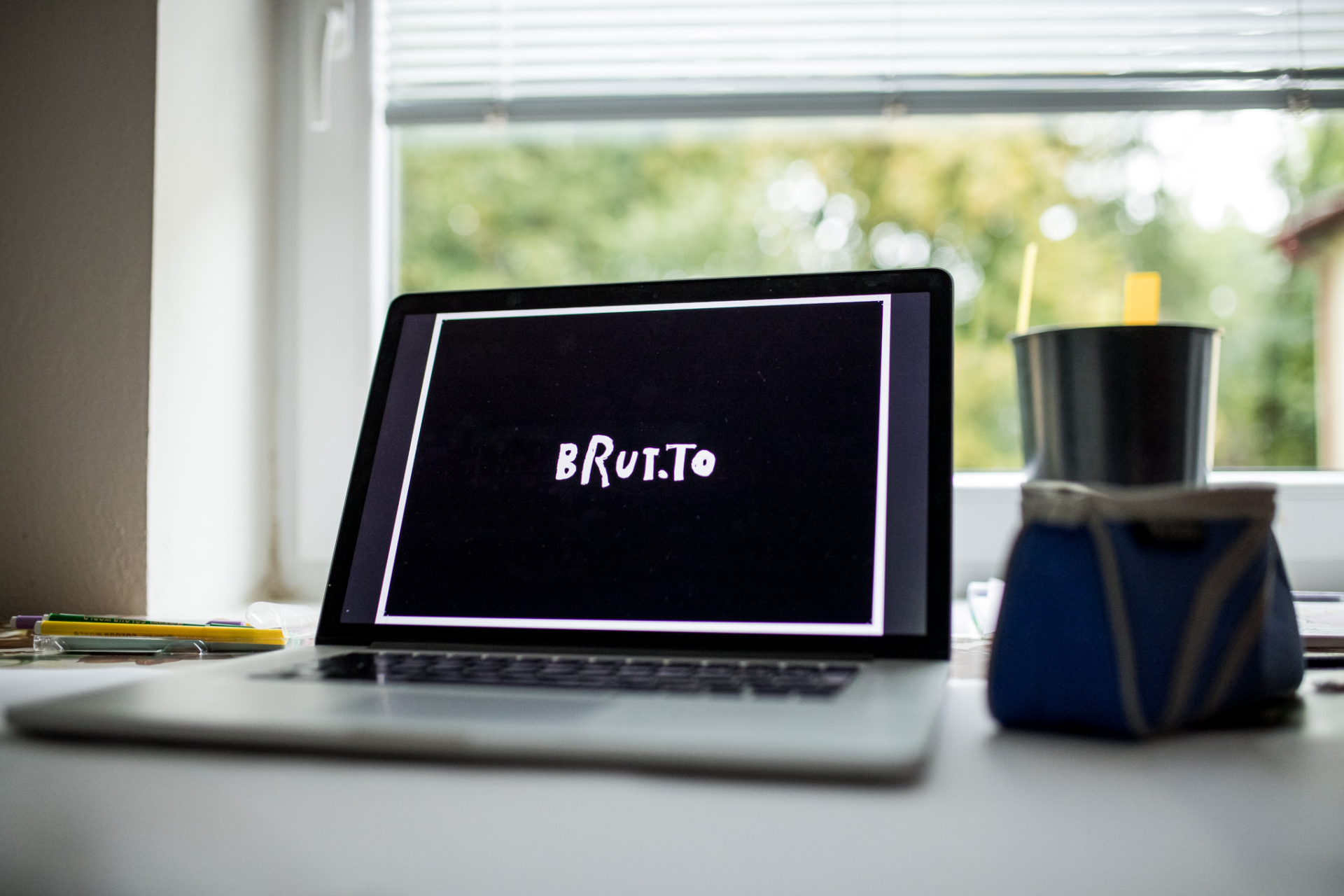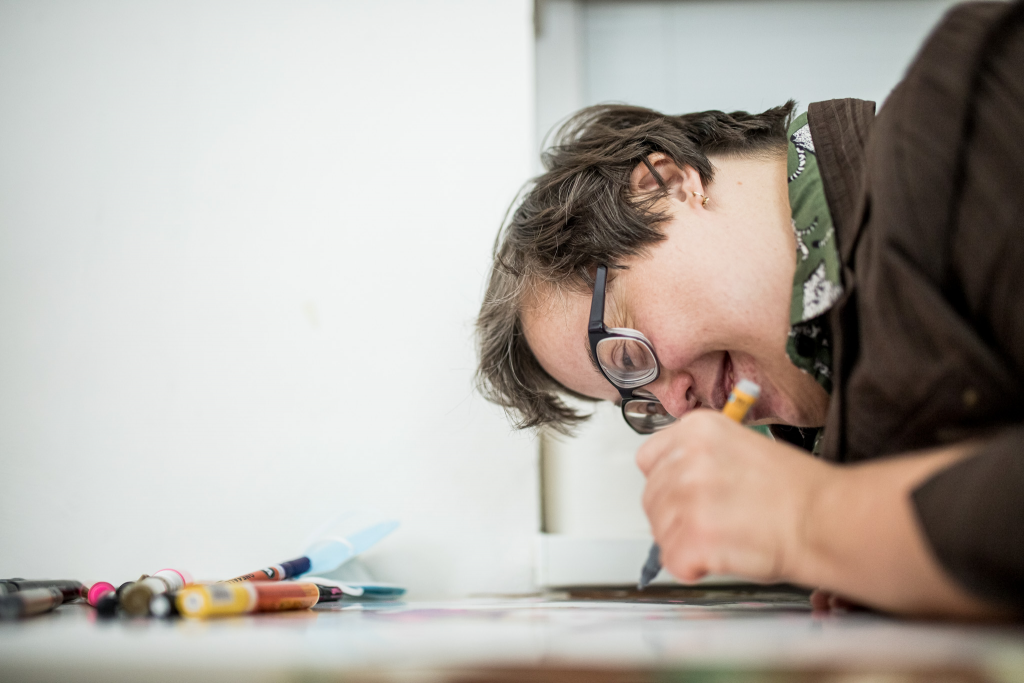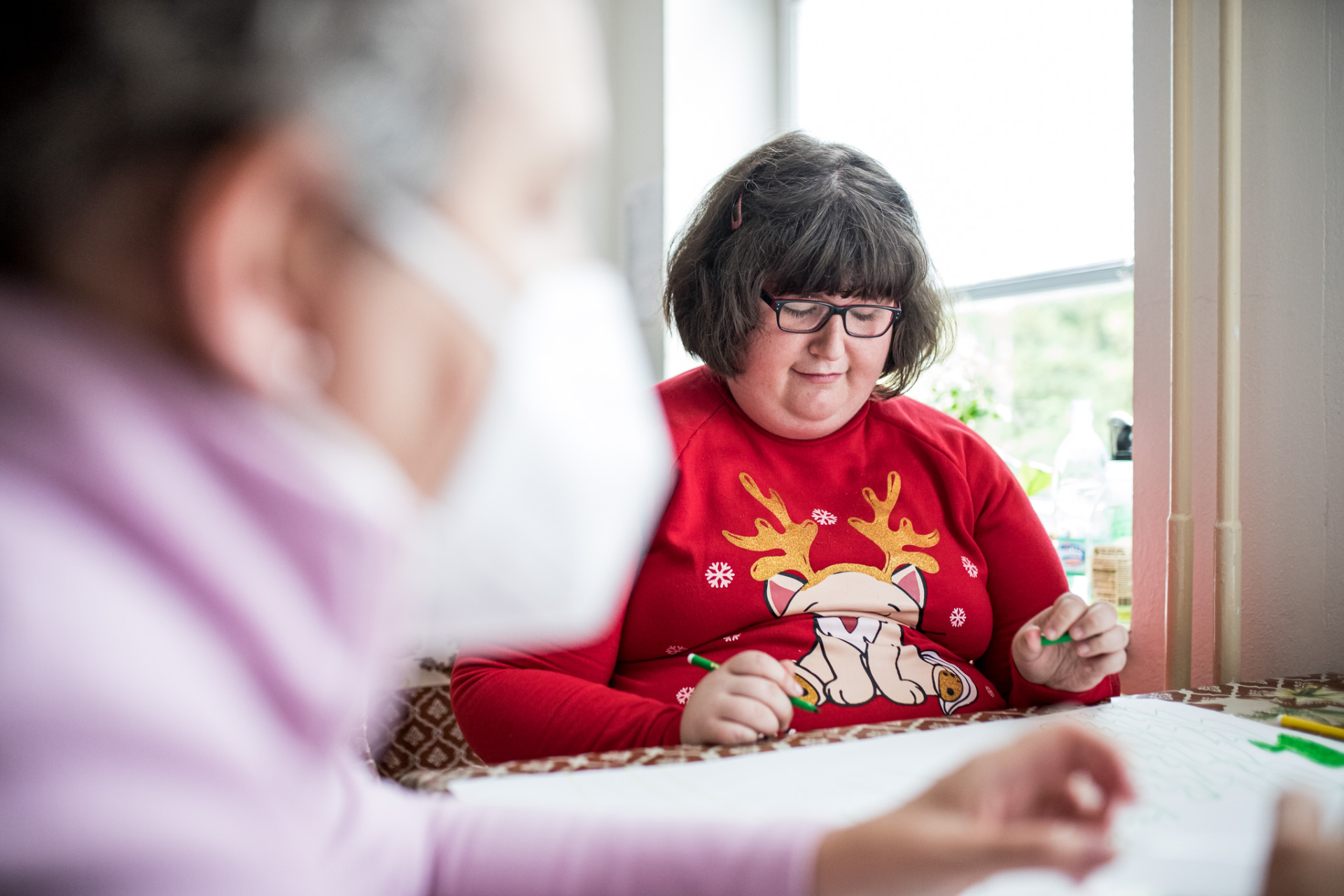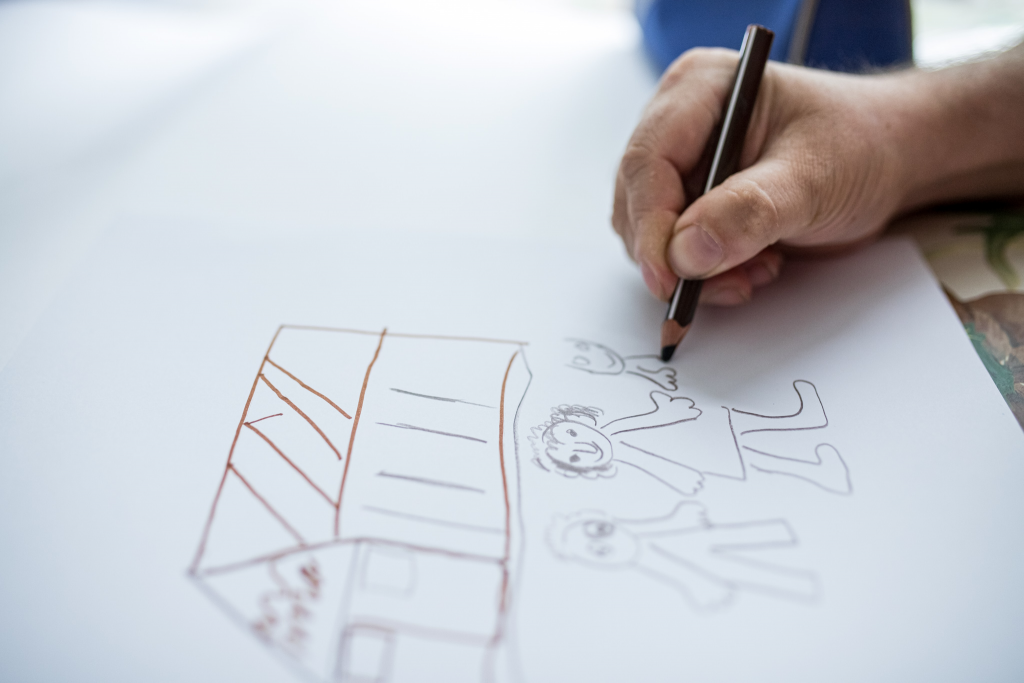We don’t want people with disabilities to be excluded from our society, say the founders of graphic studio BRUT.TO
Tereza Sejková and Zuzana Kutašová got connected through working with disabled people. In 2019 they founded a graphic studio called BRUT.TO, which illustrators are people with disabilities. In the future, they plan to become a social enterprise to employ their illustrators and thus fully integrate them into our society. With their project, they point out that dividing the society into US and THEM had never brought any good in the history of humankind.
Tereza studied film production and continued with special pedagogy later on. She got to work with people with disabilities more during her volunteering in Warsaw focused on Artetherapy. She drew, painted, and produced Ceramics with them in the daily center. “It was around that time that I felt sorry that the pieces of art they created were not used anywhere else; nobody took it further. And it was a pity.” Inspired by the video about a Spanish graphic studio that connects people with and without disabilities, she got back home to Košice and decided to use the talent of disabled people here in Slovakia. Thanks to a one-year program at Sokratic Institute, where Tereza was admitted, the graphic studio started to get real. At that time, she approached social services home DOMKO in Košice and the graphic designer Zuzana Kutášová with the cooperation. “At first, I couldn’t imagine if it would fit me and if I would be able to work with such talent, let’s say of a very expressive art,” says Zuzana. Since she was interested in that idea, Tereza sent her the first scans of the artwork to digitalize them. She enjoyed the process, and since Tereza liked the final graphic designs, it was more than clear that this cooperation would make sense.
Why BRUT.TO
“We thought that the word ‘brutto’ has many meanings that can describe our project. One of them is that it comes from the art movement Art brut, which means ‚raw art’. Another is that brutto means a whole. We don’t want people with disabilities to be excluded from society because they belong to it, and together we make it whole. The third meaning can be that brutto is the weight of the content with the packaging. It’s precisely what we want to offer,” describes their beginnings Zuzana. Immediately they add the fourth meaning. Since brutto means “ugly” or “not pretty” in Italian, with their meaning they relativize what is actually being called like that. The illustrators from DOMKO DSS helped them with the logo creation as well. The letters come from three different authors.
More freedom in the process
Zuzana works as a graphic designer outside of BRUT.TO. That’s the reason she can objectively describe why is this studio unique. “Common graphic studios say: ‚Ok, we have these colors and fonts we need to use, it needs to be this clear.’ But in BRUT.TO it is completely free. Of course, I need to follow some graphic design principles, but I can violate them with no impact; it doesn’t look bad. I can play with the artwork and use my creativity more.”
Social services home DOMKO is known for its art activities even outside of this project. They founded their own civic organization o.z. Domko v umení or the DOMKO band that releases its CDs. Tereza has found a great fit in this center as they try to creatively approach their clients. Before the pandemic COVID-19, she attended the regular two-hour-long blocks during their daily communities, where they always drew on a chosen topic. The atmosphere during the sessions was great, and the drawing was accompanied by informal talks of how they were doing. Tereza collected the pictures after the session and sent them to Zuzana to work with them further.
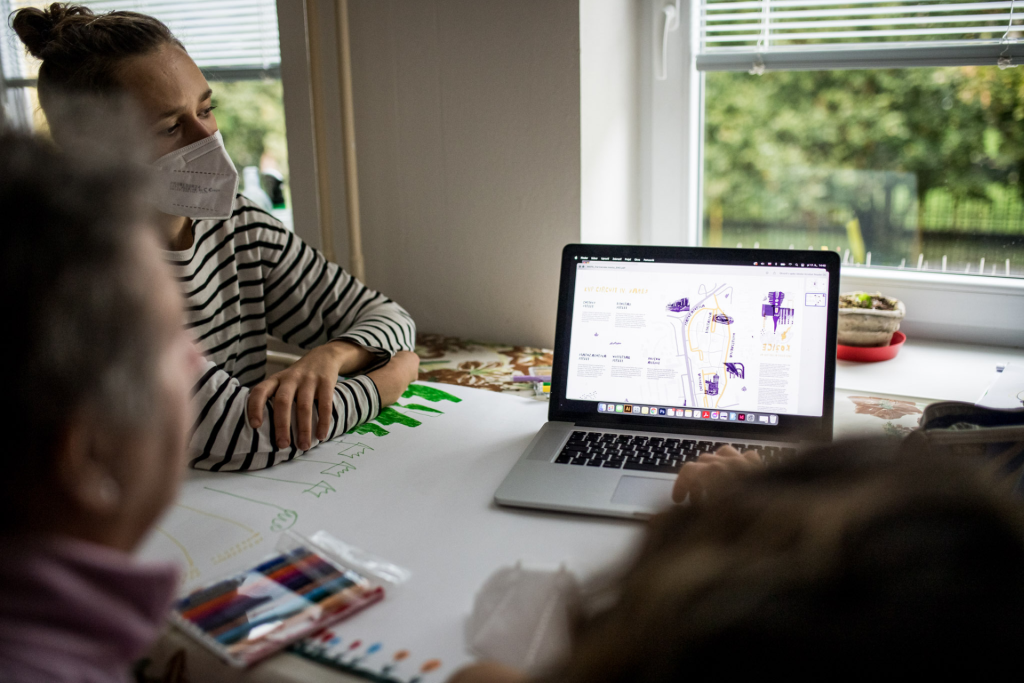
Cooperation that only makes sense in the presence
In just a few months, they were able to create a rich archive of drawings. It helped them overcome the first wave of pandemics when they cut off the contact with the illustrators. “Since we had no in-person contact with them, it more or less felt like we are doing it ‚about them, without them’ – and we didn’t like that. It got better after the first wave, and we could revisit them again. Then the new wave began,” describes Tereza. They both agree that their studio is the type of project that works best in person. They need to cooperate with the illustrators, talk with them, show them the finished graphic designs, and enjoy the final results together. However, for Zuzana, it is necessary also because of the design process. “Sometimes strange things appear on the drawings, and so we ask them what do they mean. When they explain it, I can implement it in the design better because I already know the meaning.”
Special recognition for the social contribution
In 2020 BRUT.TO received special recognition for the social contribution at the Slovak National Product Design Awards. The central theme of five recognized graphics was the coffee packaging design for the non-existent product. Even though their portfolio initially consisted of designs for non-existent products, their brand is becoming more known, and they are proud of many cooperations they have already had. It is often the civic associations dealing with social topics who want to cooperate. Still, they have already had commercial contracts such as designing a series of city merch for Košice. And what are the illustrators’ reactions? “They are so excited. ‘Really? It is made from our drawings? Oh, how skillful you are (Tereza).’ And I’m like no, it’s not me, it’s you. You are the skilled ones. We only create something from your drawings. So it is their skill. However, the important thing in our project is that we want to create products that will be not only pretty but also useful.”
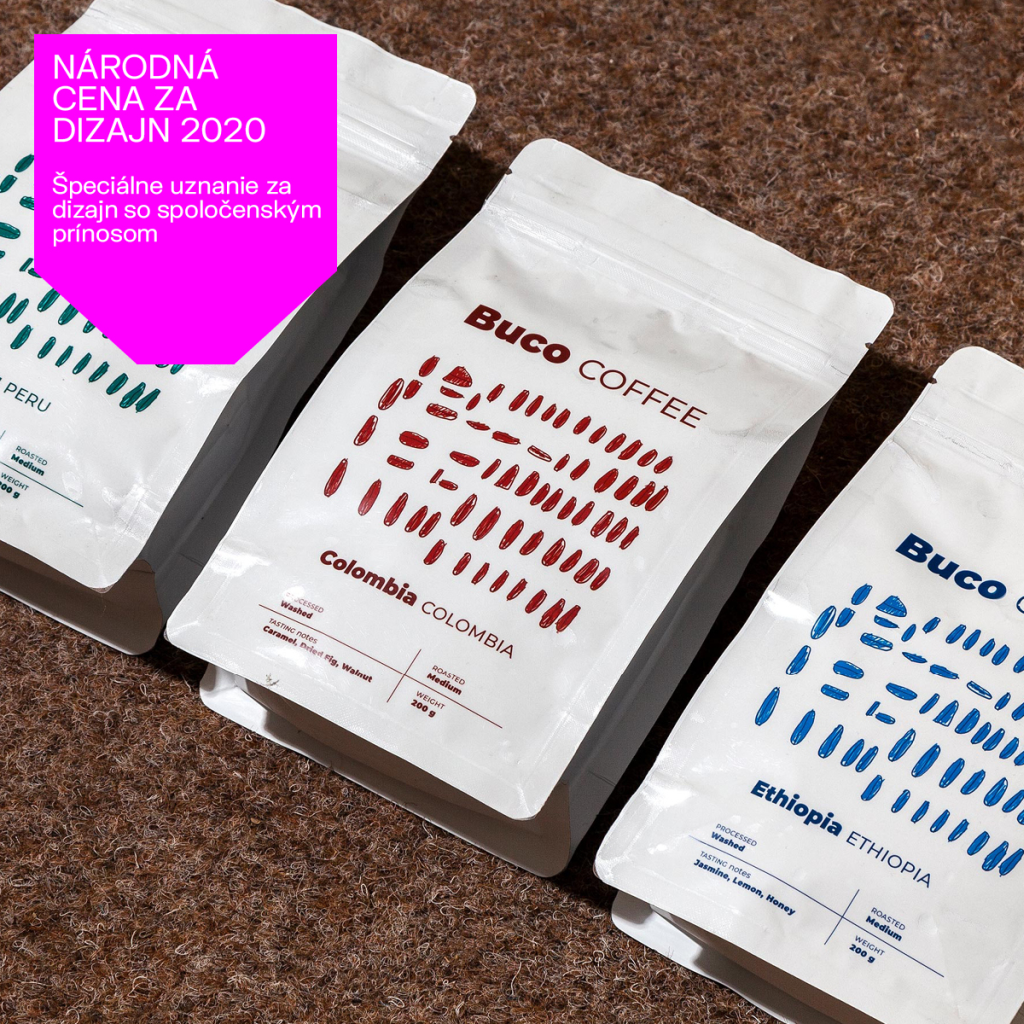
Archív BRUT.TO 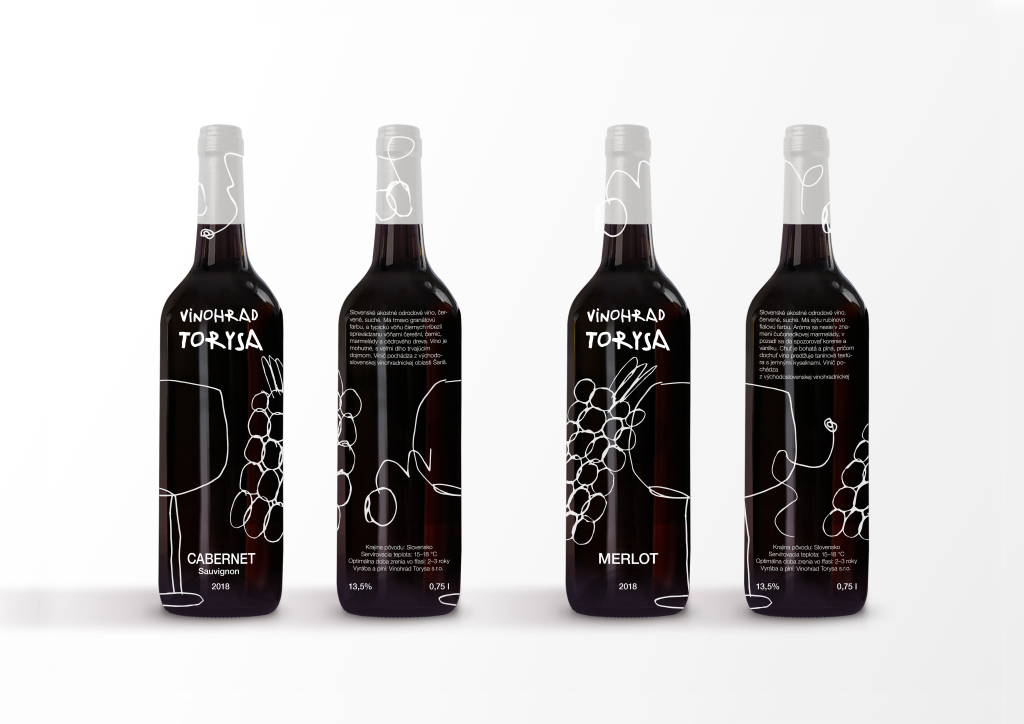
Archív BRUT.TO
The beauty of the art pieces is in their uniqueness
There exist many stereotypes about people with disabilities in our society. Talking about it from the position of white healthy privileged women wasn’t easy. Tereza talks mainly about the stereotype of uselessness and the unaesthetic of their products. “Many times we can see those products on the Christmas or charity markets, which is not bad because it is often the result of some working therapy where people improve their motor and other skills. However, it is a pity that it creates the general stereotype that disabled people can only produce such products. And that is not true.” Zuzana adds that there are many talents with exceptional style among disabled people to enrich the world of art. Their significant advantage is that they don’t have any blocks in the drawing. “I compare it with my six years old nephew who already has these blocks. He knows the sun should be yellow and be on top of the page, that the trees should be green. Or that he needs to finish the picture if it’s not yet. But that’s not the case with them. For disabled people, the drawing is finished when they say. They perceive the art uniquely. Their perception of colors or composition is different.”
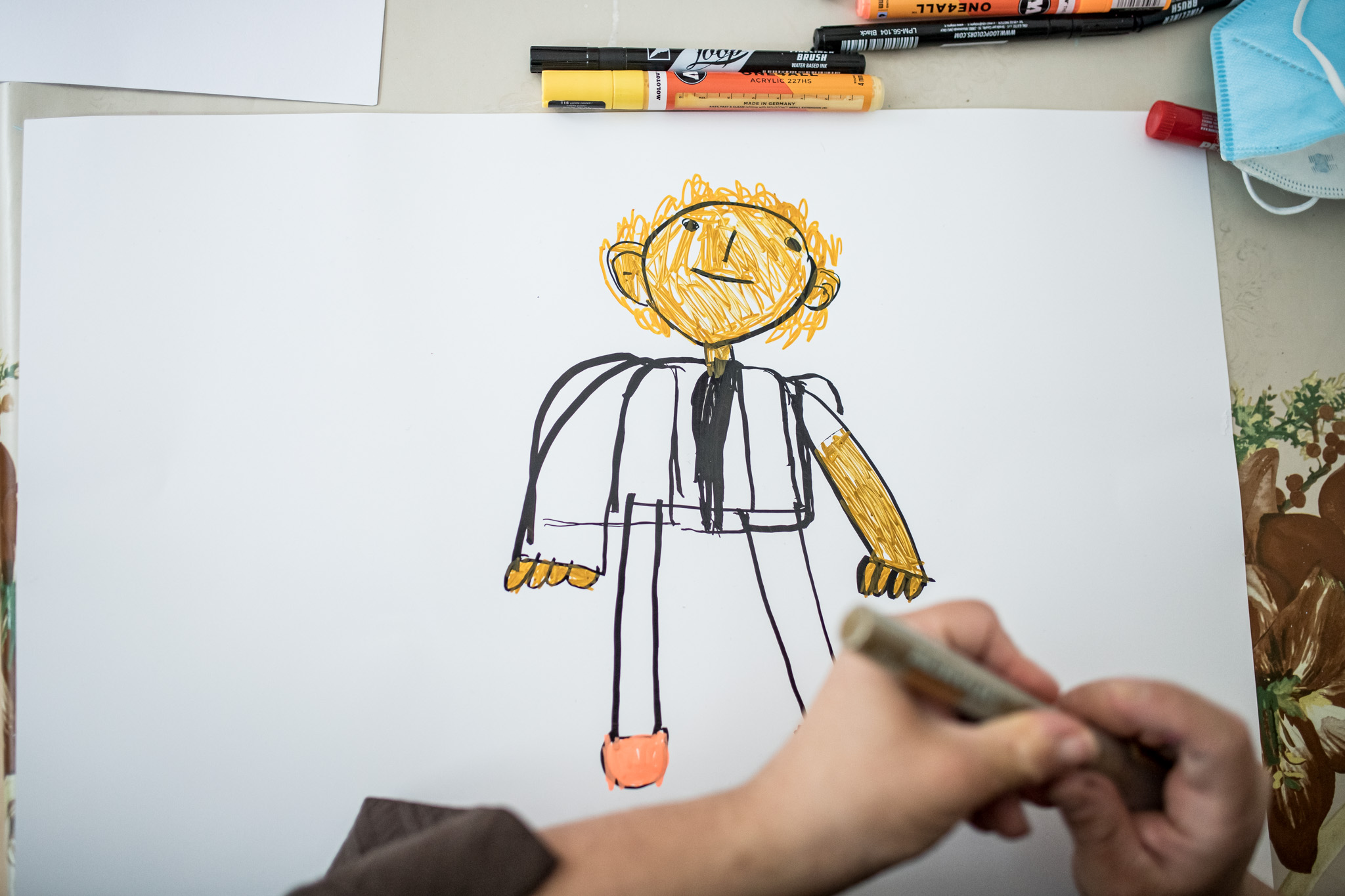
With their graphic studio, Tereza and Zuzana are trying to use the potential art pieces, which would otherwise end up locked in the shelves and spread awareness about disabled people, for example, in the form of exhibitions. So far, they have only had good responses. They say that every time illustrators see their projects outside of the daily center, it strengthens their feeling of self-worth and usefulness. Even the illustrators from DOMKO DSS came to see the exhibitions with their parents, and to see the satisfaction and happiness on their faces is the most crucial thing in the whole project.
The vision is to have a social enterprise
They already know their plans for the future. One day they would like to professionalize their studio and set its legal structure to become a social enterprise where they could employ the illustrators from DOMKO and pay them regularly. It could help them that they have become a part of the startup center TECHNICOM. At the same time, they are the participants of the project Escalator, which has been helping to educate and professionalize people from cultural and creative industries since 2013. Even though they love BRUT.TO, Tereza would like to keep the space for other realizations as well. She doesn’t want it to become a stereotype that might harm the project.
How to turn your idea into reality and help the community
Many people in our society want to help marginalized communities. How to accomplish that the idea will become a reality? It is essential to talk about it a lot and to look for external support. Tereza says that without the participation at Sokratic Insitute, it would take ages to turn their idea into reality. “I can’t say for the others, but for me, it is essential to have a mentor. Someone who supports my idea and pushes me forward in some way.” Together with Zuzana, they agree that the most important thing is not to be careless and find an area that makes you happy. After that, it’s only about opening up and approaching partners for cooperation.
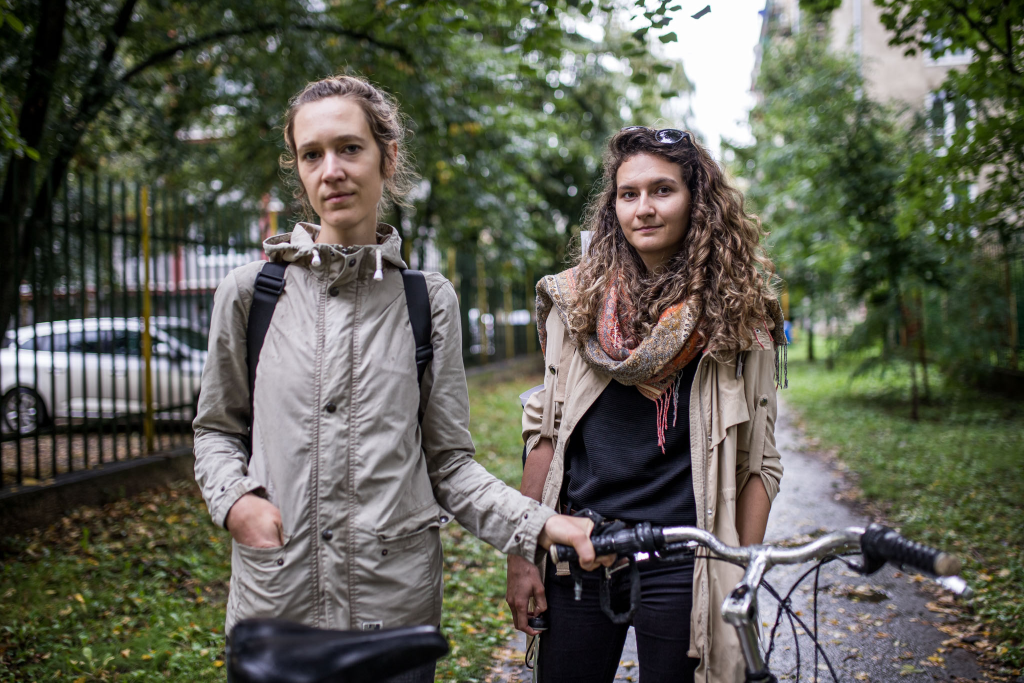
Escalator was supported using public funding by Slovak Arts Council.

